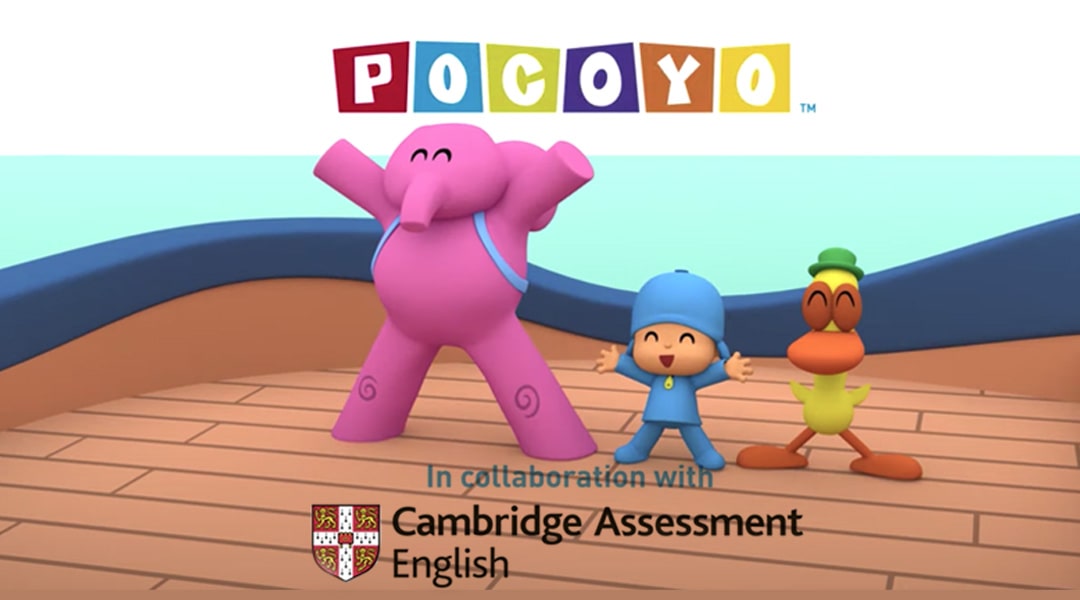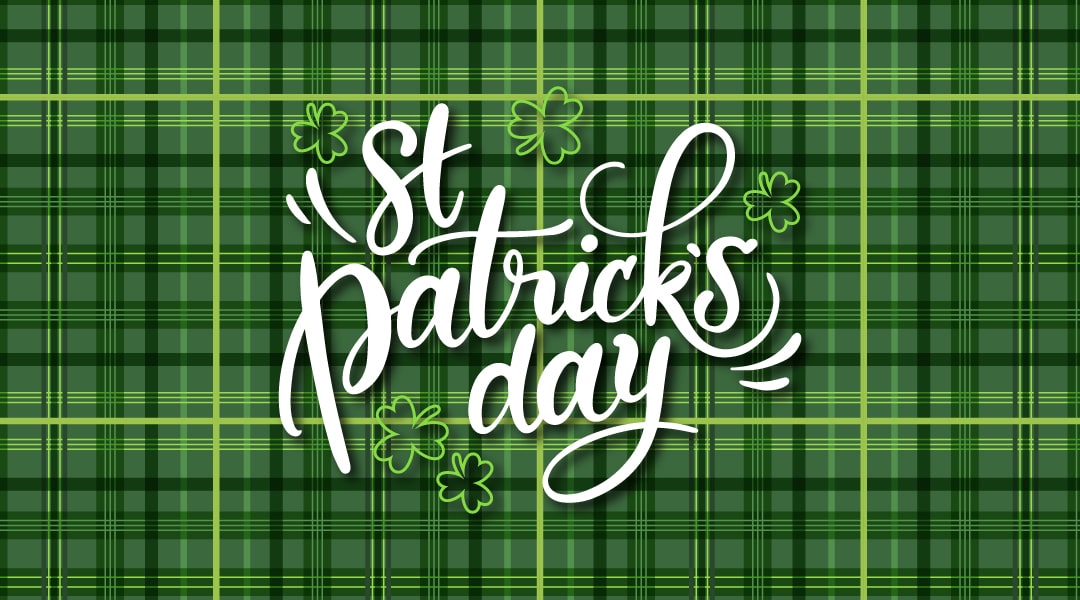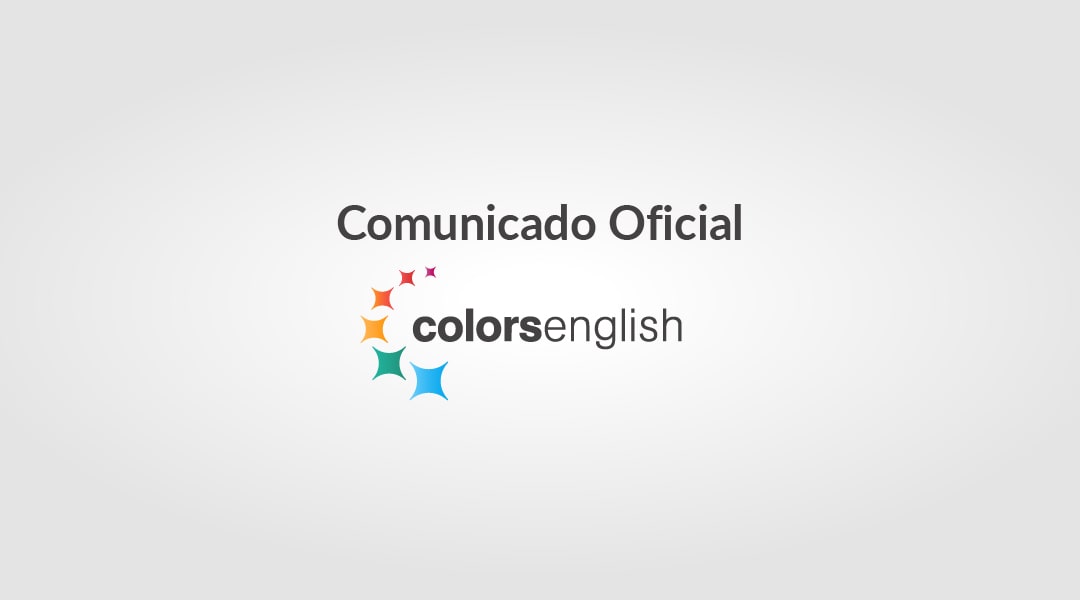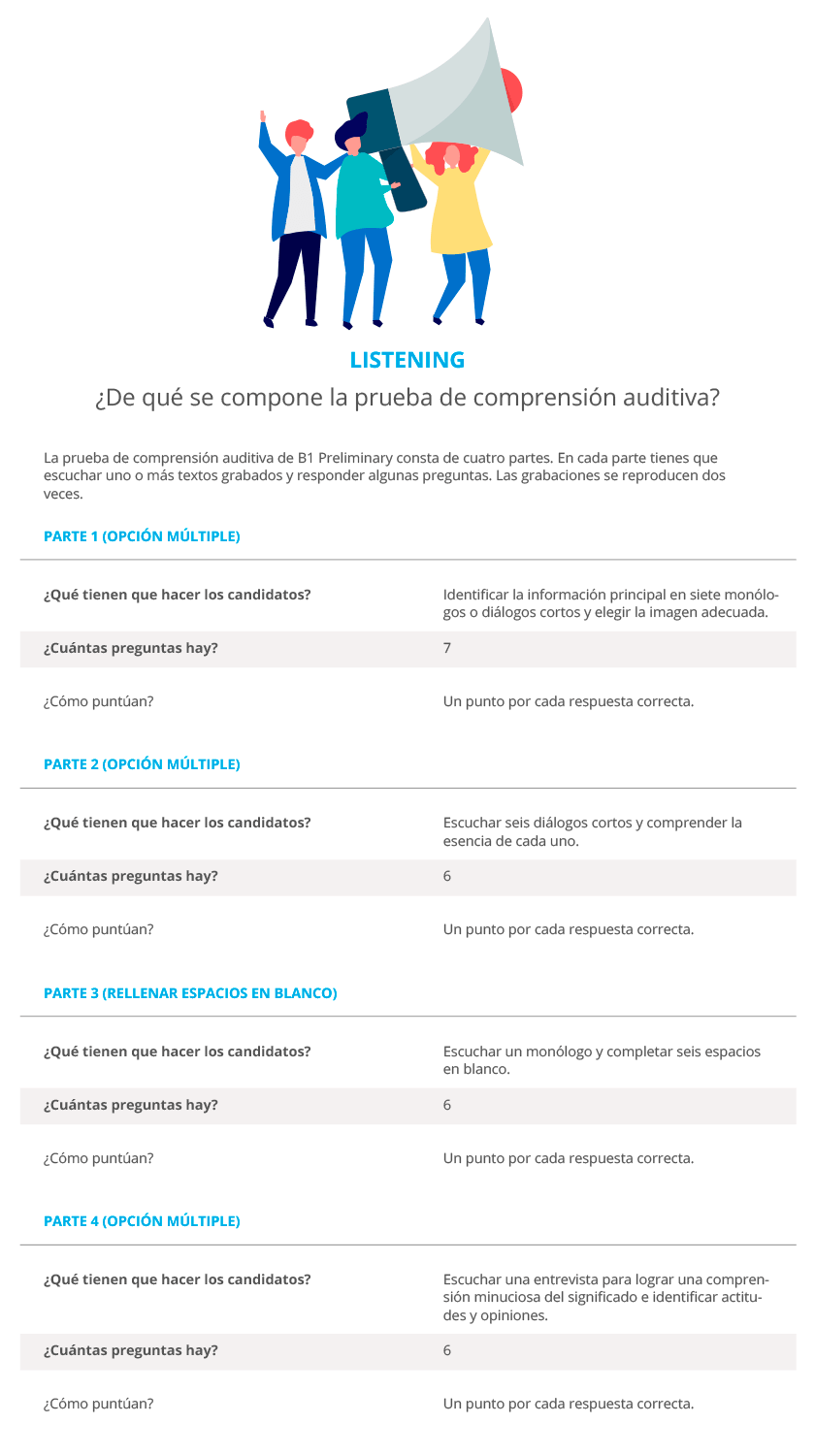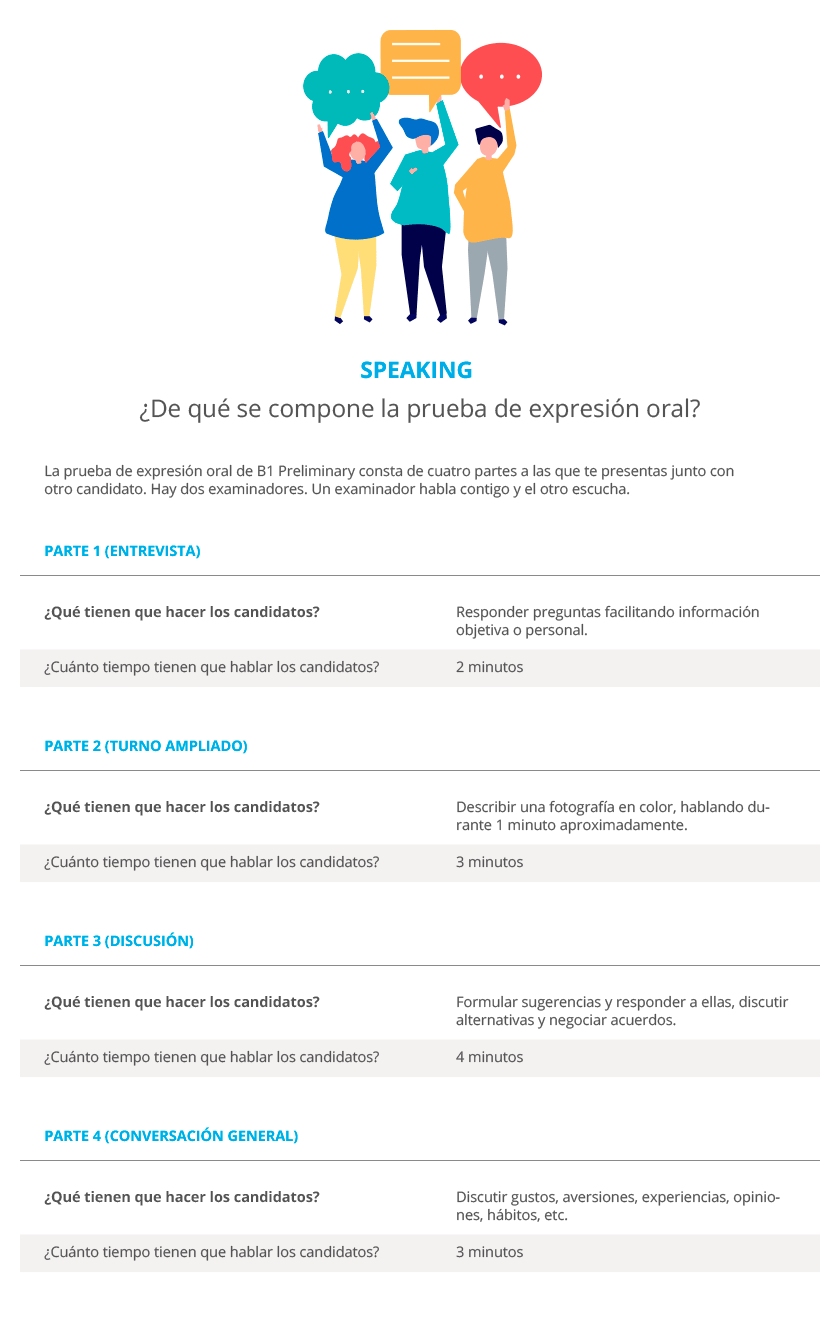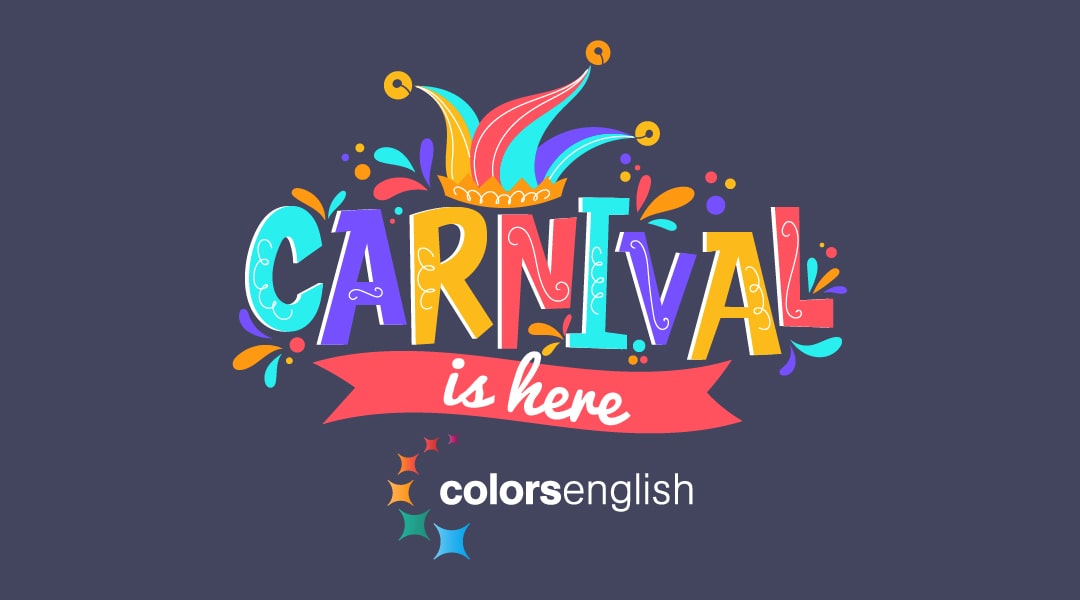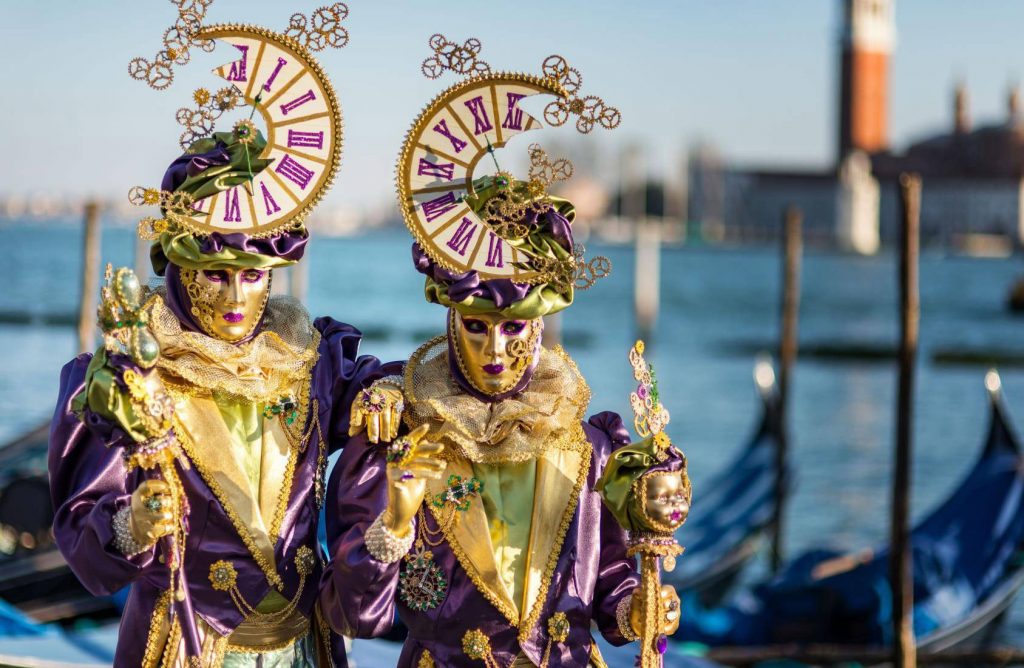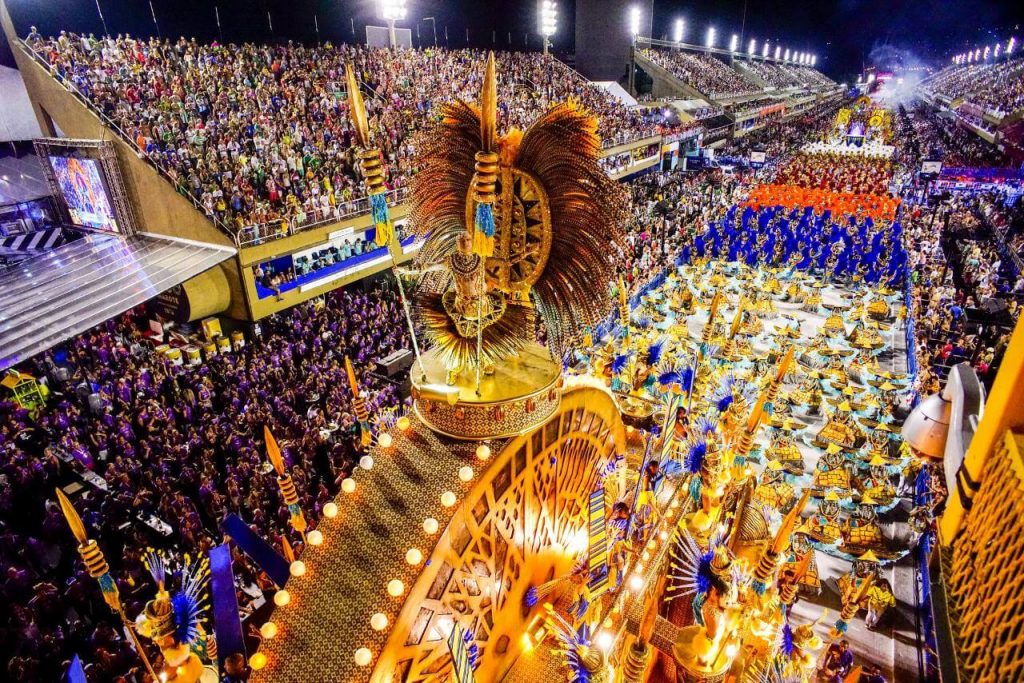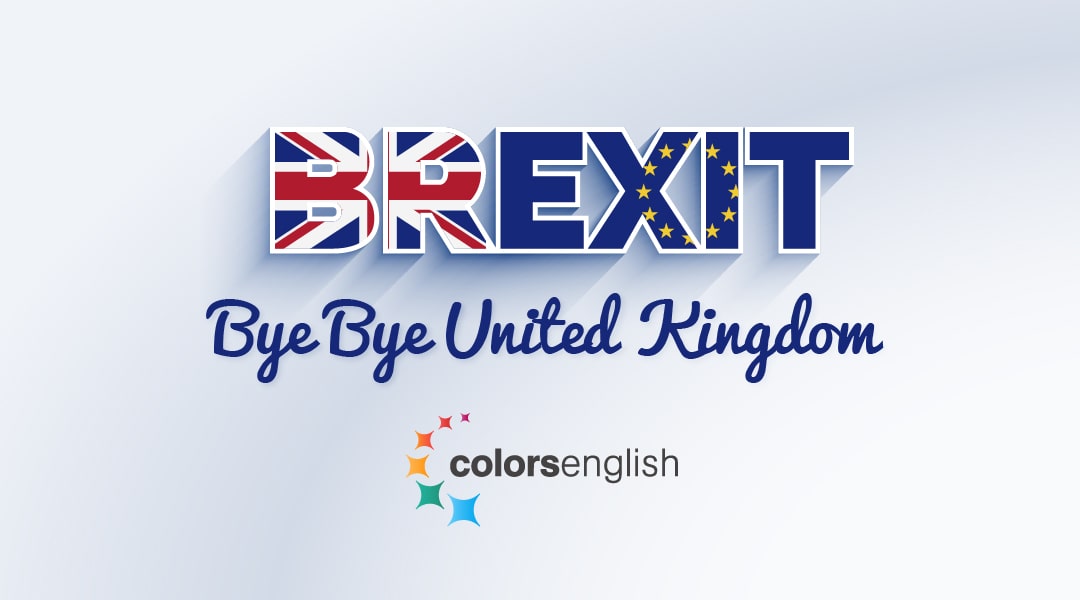Everything you need to know about St. Patrick
Todo lo que debéis saber sobre San Patricio
Hi! Do you know what this St. Patrick’s Day celebration is about that doesn’t belong to us but we have adopted it very affectionately? Although it is a day of celebration where music and beer are the highlights, let us go a little further.
Hi!! ¿Sabéis de qué va esta fiesta de San Patricio que no nos pertenece pero hemos adoptado con mucho cariño? Aunque es un día de reunión y celebración donde la música y la cerveza son las protagonistas, vamos a ir un poco más allá.
On March 17th we celebrate St. Patrick’s Day, the patron saint of Ireland. It is a national holiday and is also the national day of the founding of the Republic of Ireland.
El 17 de marzo se celebra el Día de San Patricio, patrón de Irlanda. Es fiesta nacional y es también el día nacional de la fundación de la República de Irlanda.
Since 1903, the law in Ireland made St. Patrick’s Day a public holiday and since then, for the Irish, it is the day of the nation, of national pride and unity with a very strong religious belief.
Desde 1903, una ley en Irlanda convirtió el día de San Patricio en fiesta pública y desde entonces, para los irlandeses, es el día de la patria, de la unidad y del orgullo nacional con un marcado sentido religioso.
What started as a religious celebration became a popular holiday that takes place not only in Ireland but also in various parts of the world where many Irish immigrated in the 19th century, to places like Boston, Chicago, Buenos Aires, London or Sydney.
Lo que comenzó como una celebración religiosa se transformó en una fiesta popular que tiene lugar no sólo en Irlanda, sino también en varias partes del mundo donde emigraron muchos irlandeses en el siglo XIX, como Boston, Chicago, Buenos Aires, Londres o Sydney.
Who was Saint Patrick?
¿Quién era San Patricio?
St. Patrick is the Patron Saint of Ireland and the National Apostle who was assigned to spread Christianity across the country.
San Patricio es el Santo Patrono de Irlanda y Apóstol Nacional a quien se le atribuye haber extendido el cristianismo en dicho país.
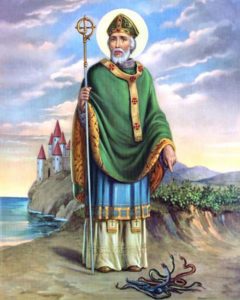
It is believed that he was born in Scotland in 387, and at the age of 16, he was captured by Irish pirates from whom he learned the Celtic language. He then escaped and was ordained a priest in France. At the age of 46, he returned to Ireland to preach the word of God to its people.

Se cree que nació en Escocia en el 387, y a los 16 años fue capturado por piratas irlandeses con los que aprendió la lengua celta. Luego se escapó y se ordenó sacerdote en Francia. A los 46 años volvió a Irlanda para evangelizar a sus habitantes.
Legend has it that Dublin’s cathedral was built on the site of a well that the saint used to baptize those who converted to Catholicism. Tradition also attributes to him the miracle of chasing away all the snakes from Ireland. He remained there for almost three decades, until his death on March 17, 461.
La leyenda cuenta que la catedral de Dublín se levantó sobre el lugar en que había un pozo que el santo utilizaba para bautizar a quienes se convertían al catolicismo. La tradición también le atribuye el milagro de ahuyentar a las serpientes de Irlanda. Allí permaneció casi tres décadas, hasta su muerte el 17 de marzo del año 461. Desde entonces se le conoce como el apóstol de Irlanda.
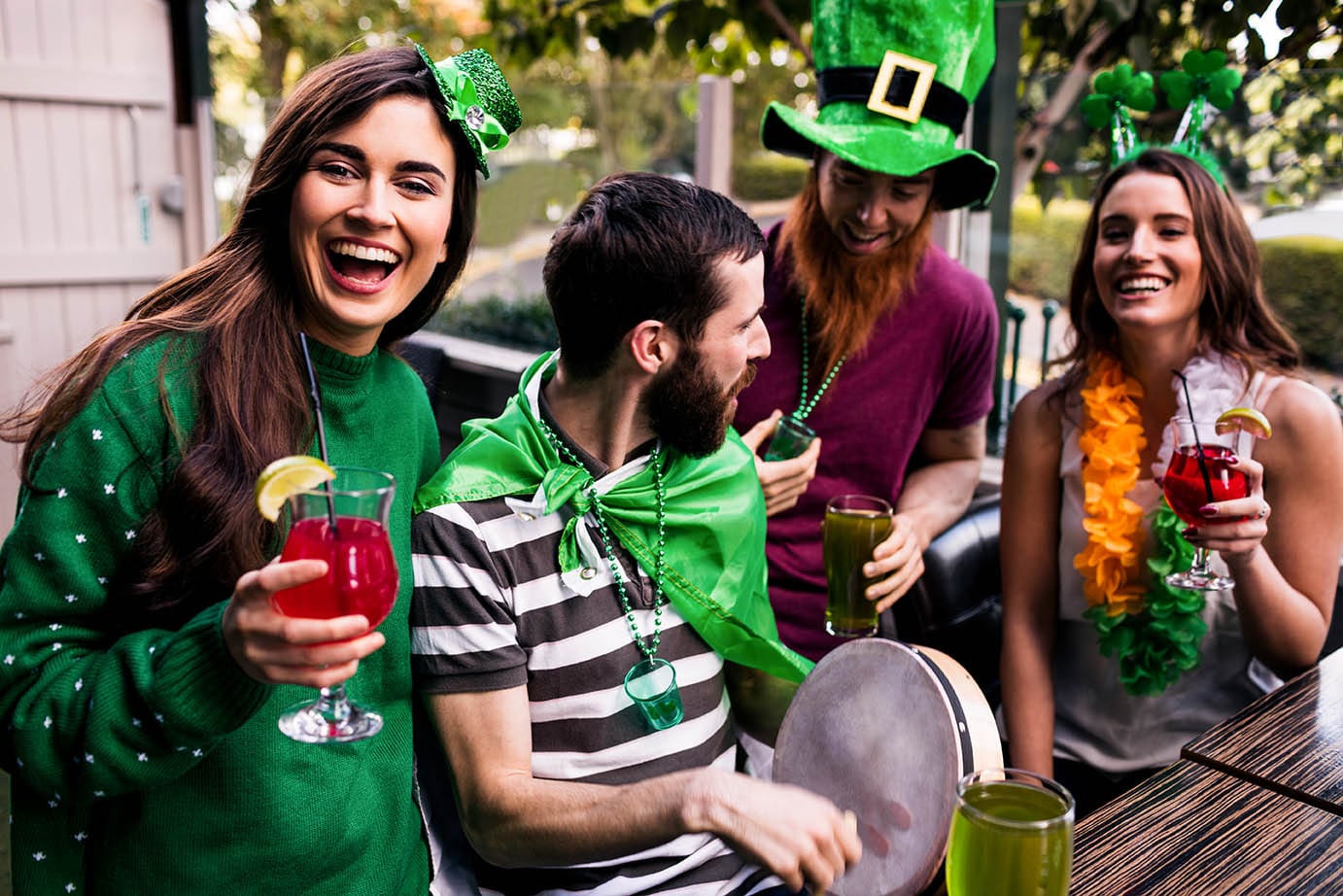
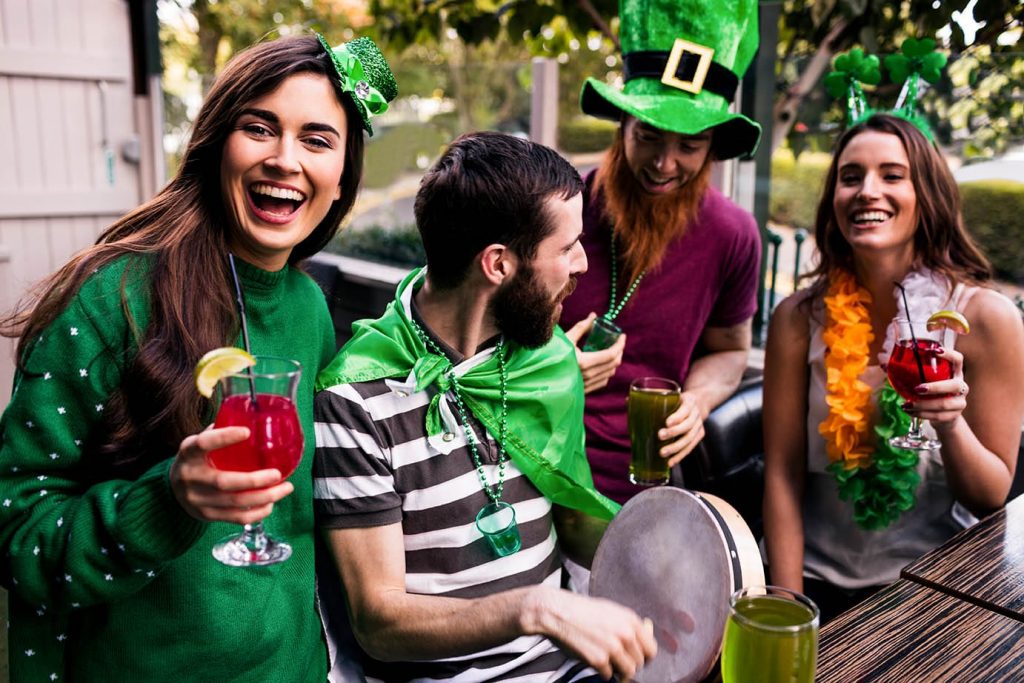
How is St. Patrick celebrated in Ireland?
¿Cómo se vive San Patricio en Irlanda?
In Ireland, celebrations in honour of St. Patrick last four days. Millions of people take to the streets, there are parades with carriages, live music and dances. Many dress up as leprechauns, wear hats and shamrocks, and consume enormous amounts of beer.
En Irlanda, las celebraciones en honor a San Patricio duran cuatro días. Millones de personas salen a la calle, hay desfiles con carruajes, música en vivo y bailes. Muchos se disfrazan de duendes, lucen sombreros, tréboles y el consumo de cerveza es desorbitado.
A typical celebration is the ‘céilidh’, a traditional Irish dance in which up to 16 people can participate in fun competitions that last for hours. The bagpipes with Celtic rhythms are a must.
Es muy típica la celebración del ‘céilidh’, una danza tradicional irlandesa en la que pueden participar hasta 16 personas y se realizan divertidas competencias durante horas. Las gaitas con ritmos celtas no pueden faltar.
A very attractive scene is the so-called «Greenin the city», which consists of illuminating several buildings in the city with green lights, such as the Mansion House, the Convention Centre, St. Patrick’s Cathedral or the Guinness Storehouse.
Un momento muy vistoso es el llamado “Greenin the city” que consiste en iluminar de verde varios edificios de la ciudad como la Mansion House, el Convention Centre, la catedral de St. Patrick o la Guinness Storehouse.
Why these symbols?
¿Por qué esos símbolos?
Wearing a green shamrock on your lapel is typical that day. Christian tradition says that St. Patrick explained the mystery of the Holy Trinity with a three-leaf clover. Later, Irish nationalists began wearing the green shamrock all year round, as a symbol of a free Ireland against English rule. Since then, the shamrock has become one of the national symbols of the country.
Llevar un trébol verde en la solapa es típico ese día. La tradición cristiana dice que San Patricio de explicaba el misterio de la Santísima Trinidad con un trébol de tres hojas. Posteriormente, los nacionalistas irlandeses empezaron a llevar el trébol verde todo el año, como símbolo de una Irlanda libre frente al dominio inglés. Desde entonces, el trébol es uno de los símbolos nacionales del país.

The leprechaun is the symbol of good luck and abundance.
El duende es el símbolo de la suerte y la abundancia.
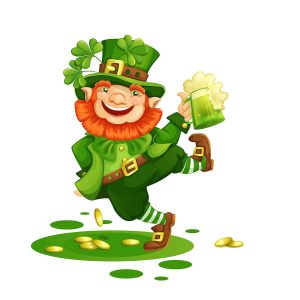
The green colour honours Ireland nicknamed the «Emerald Isle». If someone goes out on the street without something green, it is tradition to give them a pinch. They even dye their beer green.
El color verde hace honor a Irlanda, apodada la “Isla Esmeralda”. Si alguien sale a la calle sin algo verde, es tradición darle un pellizco. Incluso se tiñe la cerveza de color verde.
How is it celebrated in other parts of the world?
¿Cómo se celebra en otras partes del mundo?
The most famous parade is still in Dublin, but the biggest is in New York, where there are many Irish immigrants. Over two million people gather on Fifth Avenue to enjoy the music and floats decorated with green leprechauns. The Statue of Liberty and the Empire State Building are decorated in green.
El desfile más famoso sigue siendo el de Dublín, pero el más grande es el de Nueva York, donde hay muchos emigrantes irlandeses. Más de dos millones de personas se reúnen en la Quinta Avenida para disfrutar de la música y las carrozas adornadas de duendes de color verde. La Estatua de la Libertad y el Empire State se visten de verde.
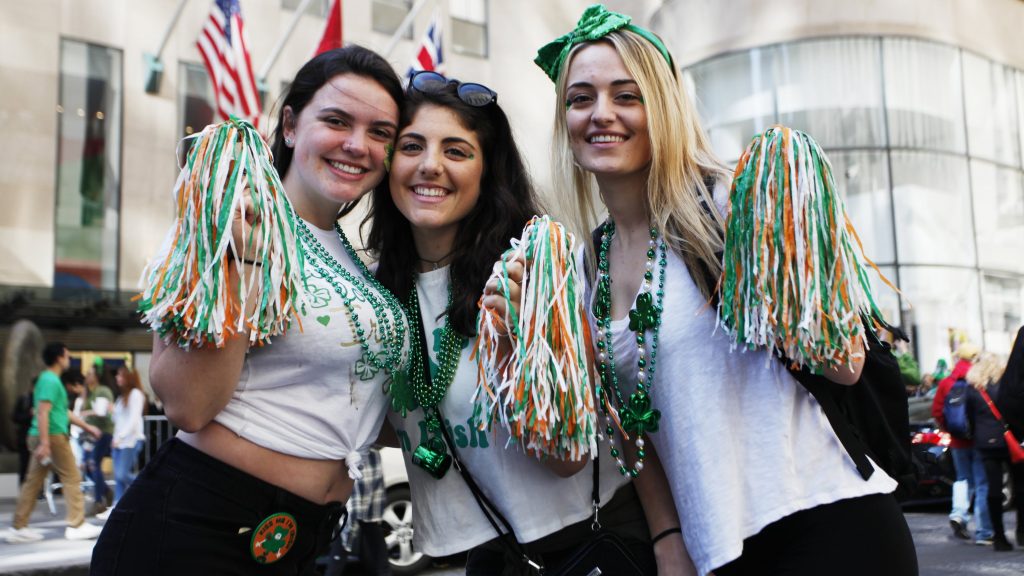
An eye-catching celebration takes place in Chicago, where they dye the waters of the Chicago River green, using a biodegradable, non-polluting dye. There are street bands and a St. Patrick’s Day Queen.
Una llamativa celebración tiene lugar en Chicago, donde tiñen de verde las aguas del río Chicago, usando un tinte biodegradable que no contamina. Hay bandas de música en la calle y una Reina de St. Patrick’s Day.
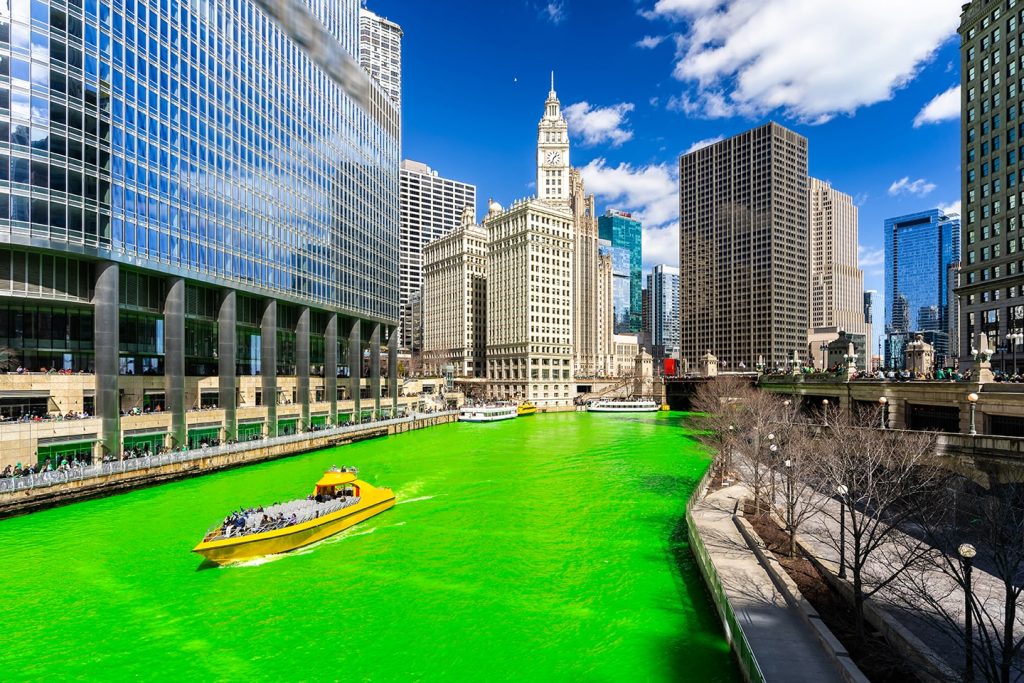
In London, there are shows, dances, music and typical Irish food. Even the London Eye turns green.
En Londres hay espectáculos, bailes, música y comida típica irlandesa. Incluso en London Eye se vuelve verde.
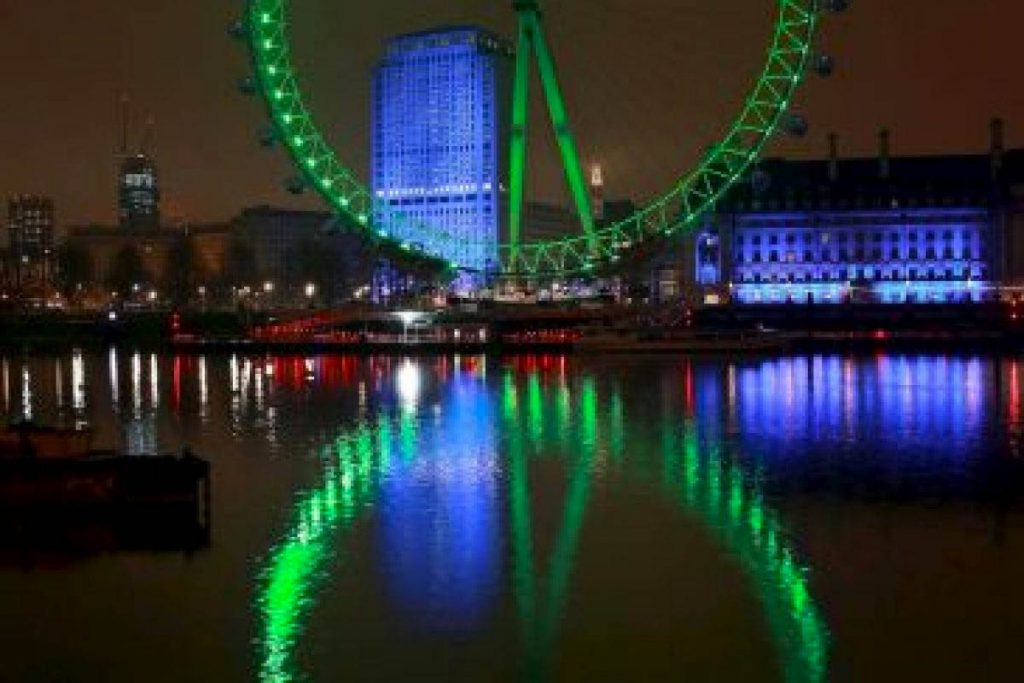
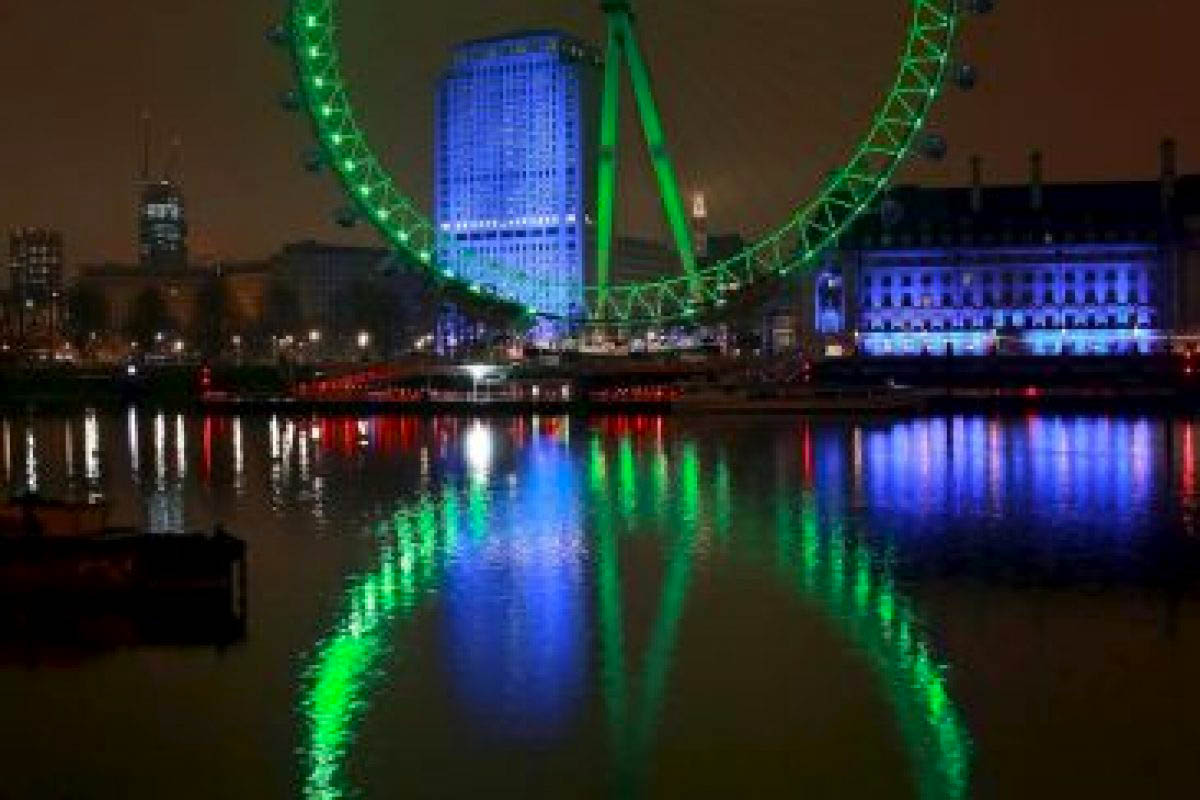
In Rio de Janeiro, the iconic Christ the Redeemer lights up in green.
En Río de Janeiro, el icónico Cristo Redentor se ilumina de verde.
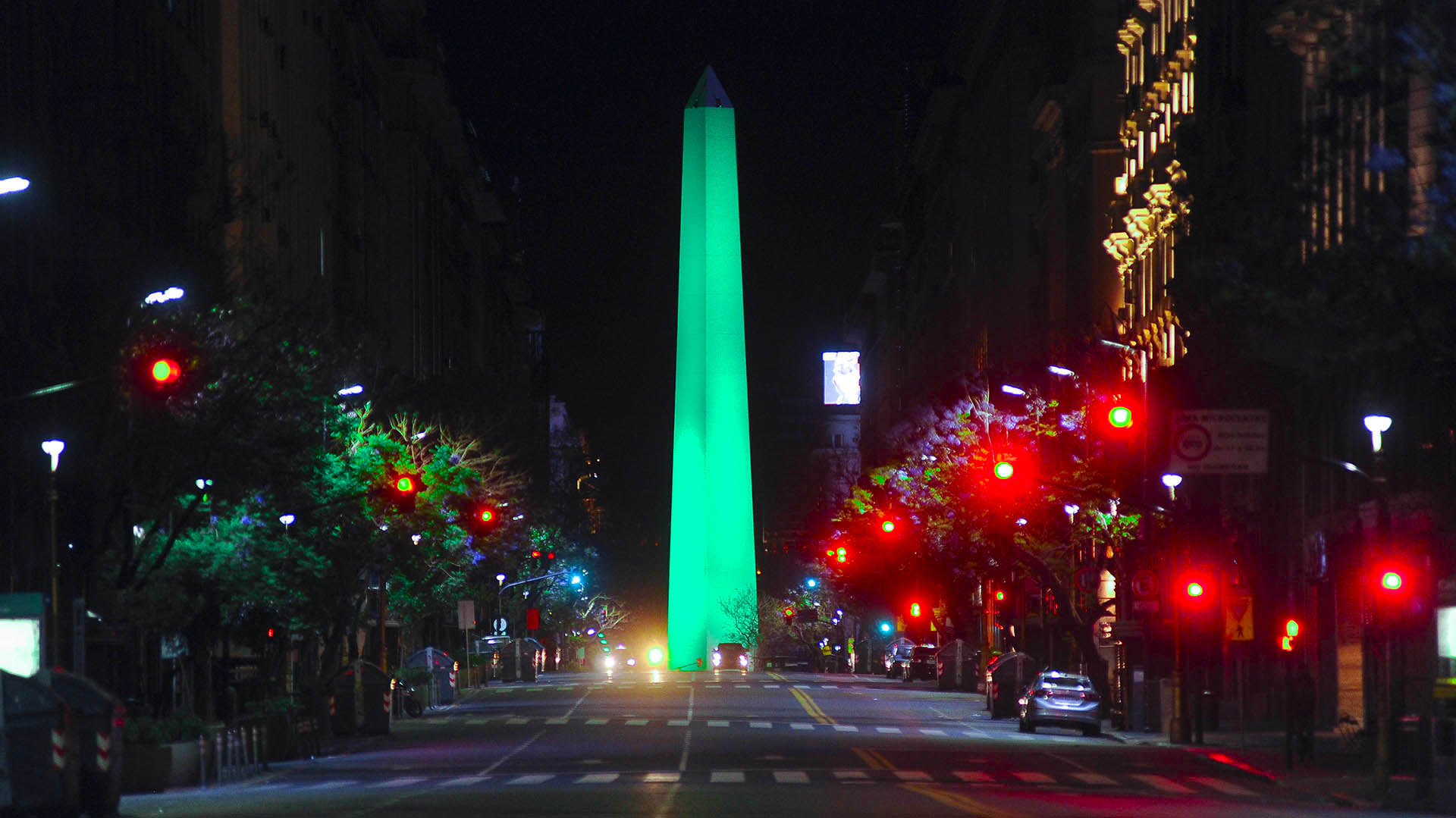
In Buenos Aires, where the Irish community is one of the most important in the world, the festivity is lived with craft fairs, Irish shows and all the pubs offer parties and special promotions. Even the Obelisk lights up in green.
En Buenos Aires, donde la comunidad irlandesa es de las más importantes del mundo, la festividad se vive con ferias artesanales, shows irlandeses y todos los pubs ofrecen fiestas y promociones especiales. Incluso el Obelisco se ilumina de verde.
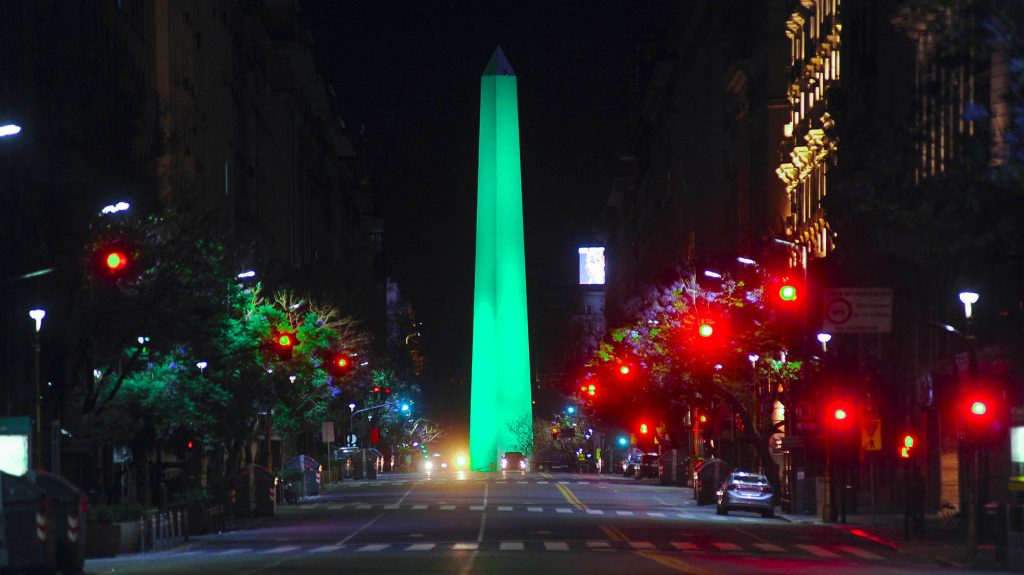
In Sydney, the historical neighbourhood The Rocks becomes an Irish village with typical food stands, live music and lots of beer. The lights of the famous Opera House turns green for the celebration.
En Sydney, el barrio histórico The Rocks, se convierte en un pueblo irlandés con puestos de comida típica, música en vivo y mucha cerveza. Las luces de la famosa Opera House se tornan verdes para la celebración.
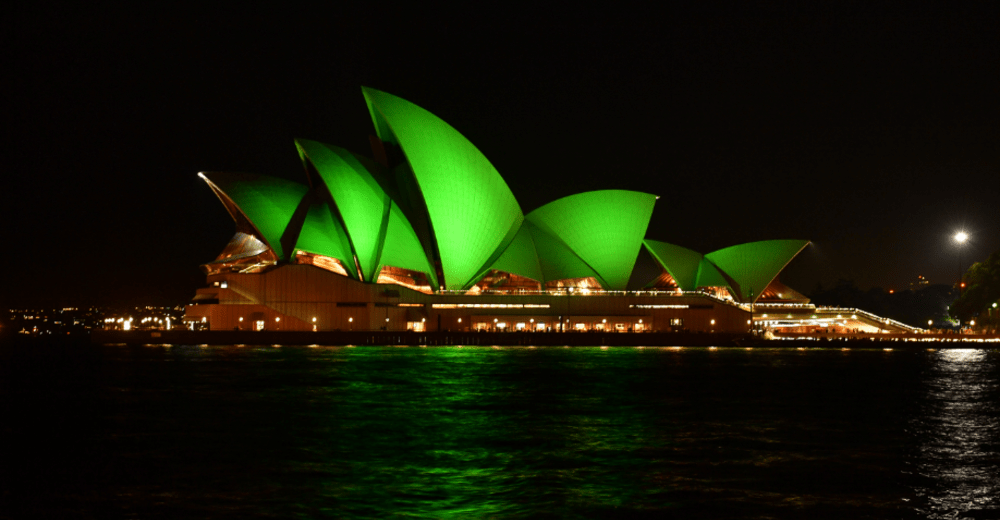
Guinness Beer also takes the centre stage that day. Consumption doubles globally.
La Cerveza Guinness también cobra protagonismo ese día. Se duplica el consumo a nivel global.
It is wonderful how a typical tradition of a country has spread to all continents and taken root.
Es maravilloso cómo una tradición típica de un país se ha extendido por todos los continentes y ha echado raíces.
This year, with the exceptional situation that is being experienced all over the world due to COVID-19, the festival will be much less intense and there will even be places where it cannot take place, but we will have to keep our spirits up to celebrate when everything goes back to normal.
Este año, con la situación excepcional que se está viviendo en todo el mundo debido al COVID-19, la festividad tendrá muchísimo menos intensidad e incluso habrá sitios donde no podrá llevarse a cabo, pero tendremos que guardar ganas para celebrarlo cuando todo vuelva a la normalidad.
See you soon!

